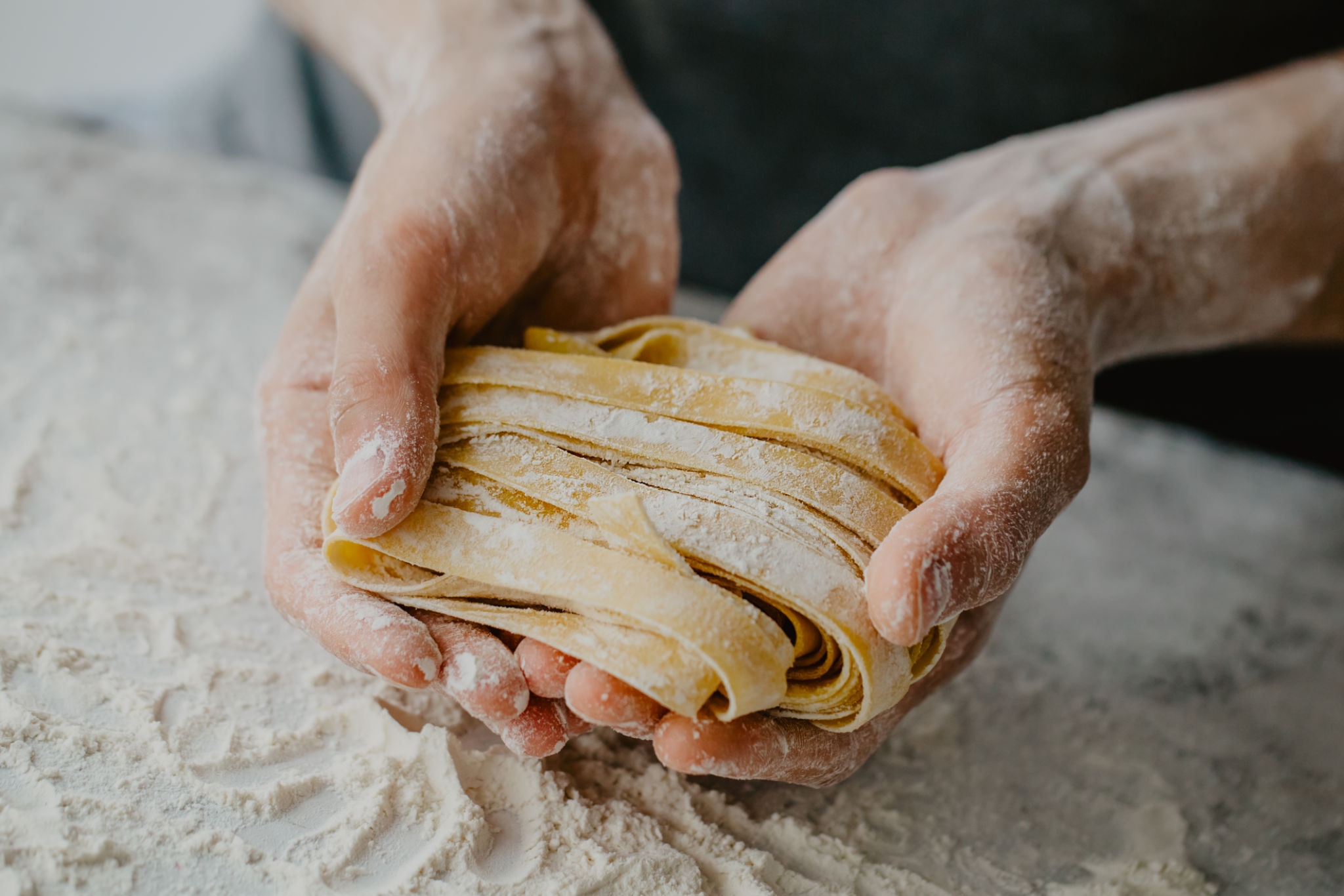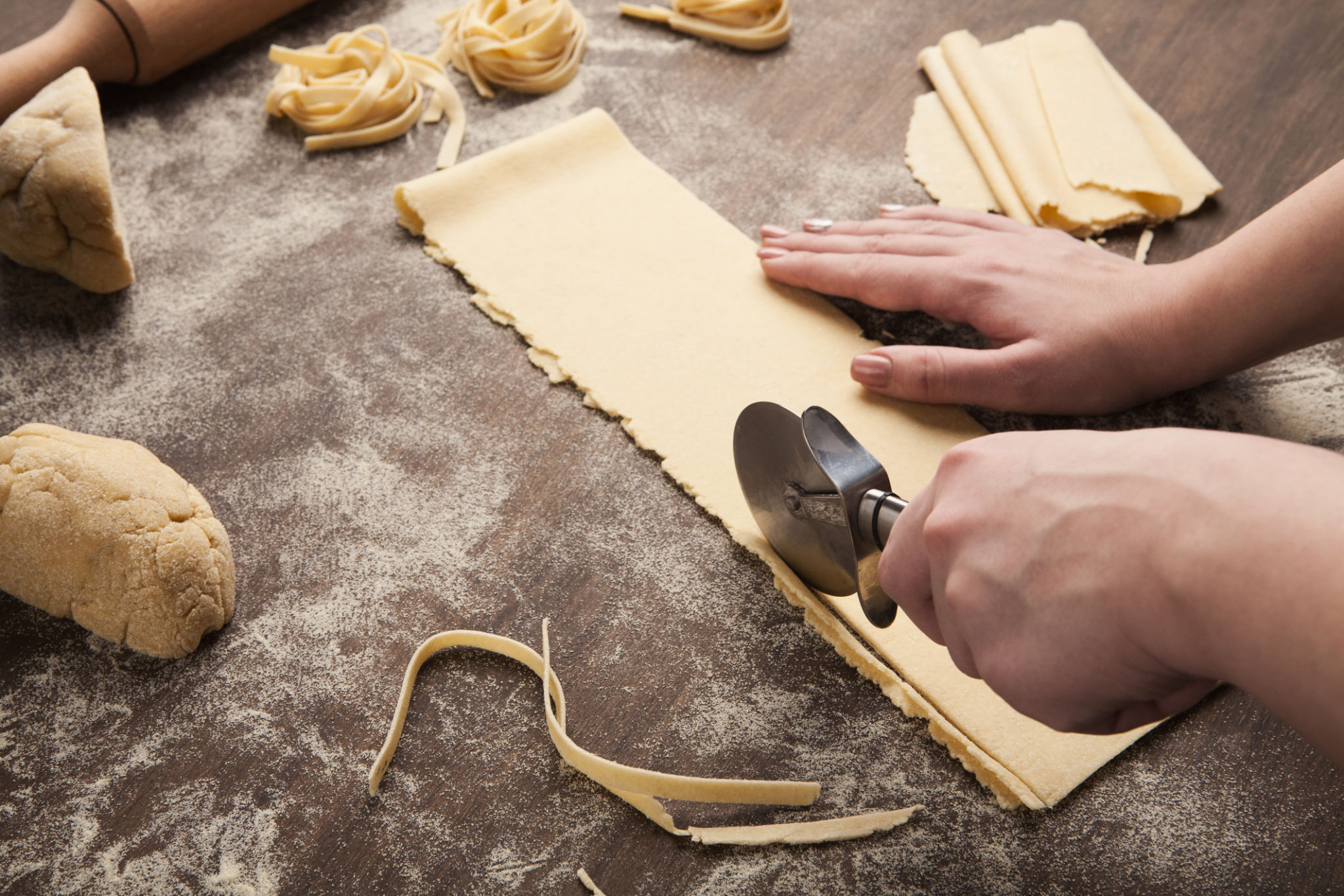Mastering the Art of Homemade Pasta: A Comprehensive Guide
Why Make Homemade Pasta?
There's something truly special about making pasta from scratch. The process is therapeutic, the ingredients are simple, and the results are nothing short of delicious. Unlike store-bought varieties, homemade pasta offers a unique texture and flavor that can elevate any dish. Plus, it's a fantastic way to impress your dinner guests!
By mastering the art of homemade pasta, you gain control over the ingredients, allowing for endless creativity. You can experiment with different flours, fillings, and flavors to suit your preference. Whether you're crafting delicate angel hair or hearty fettuccine, homemade pasta makes every meal memorable.

Essential Ingredients and Equipment
You don't need a lot to get started with homemade pasta. The basic ingredients include flour, eggs, and a pinch of salt. Some recipes call for a bit of olive oil or water to achieve the desired dough consistency.
When it comes to equipment, a pasta machine is helpful but not essential. A rolling pin and a sharp knife can do the job just as well. Other useful tools include a mixing bowl, a fork for whisking eggs, and a clean surface for kneading the dough.
The Perfect Dough
The foundation of any good pasta is the dough. Start by creating a mound of flour on a clean surface with a well in the middle. Crack your eggs into the well and gently mix them with a fork, gradually incorporating the flour until a dough forms.
Kneading is crucial for developing gluten, which gives pasta its structure and chewiness. Knead your dough for about 8-10 minutes until it's smooth and elastic. Let it rest for at least 30 minutes to relax the gluten, making it easier to roll out.

Rolling and Cutting
Once your dough has rested, it's time to roll it out. Divide the dough into manageable pieces and flatten one with your hands. If using a pasta machine, start on the widest setting and gradually work your way to the thinnest setting. For those using a rolling pin, aim for as thin as you can manage.
After rolling, cut your pasta into desired shapes. For tagliatelle or fettuccine, fold the dough sheet and slice it into strips. For lasagna or ravioli, cut into squares or rectangles. Dust with flour to prevent sticking.

Cooking and Serving
Cooking homemade pasta is quick—usually just 2-4 minutes in boiling salted water. Taste test to ensure it's cooked al dente. Fresh pasta absorbs sauces beautifully, so pair it with your favorite toppings for a delightful meal.
From classic marinara to creamy Alfredo, homemade pasta serves as an ideal canvas for any sauce. Consider adding fresh herbs or grated cheese for an extra burst of flavor.
Common Mistakes to Avoid
Even seasoned chefs can make mistakes when it comes to pasta making. One common error is overworking the dough, which can make it tough. Another is not letting the dough rest sufficiently, leading to difficulty in rolling.
Be sure not to skip the step of dusting your pasta with flour before cutting it. This prevents sticking and ensures each strand cooks evenly. Lastly, avoid overcrowding your pot when cooking, as this can cause the pasta to clump together.
Experimenting with Flavors
Once you're comfortable with basic pasta making, explore different flavors and colors by incorporating ingredients like spinach, beetroot, or squid ink into your dough. These additions not only enhance the taste but also make your dishes visually stunning.
Fillings are another area for experimentation. Try making stuffed pastas like ravioli or tortellini with various fillings such as cheese, meats, or vegetables for a unique twist on traditional recipes.

Embrace the art of homemade pasta making as both a culinary challenge and an opportunity for creativity. With practice and patience, you'll create pasta dishes that are truly extraordinary.